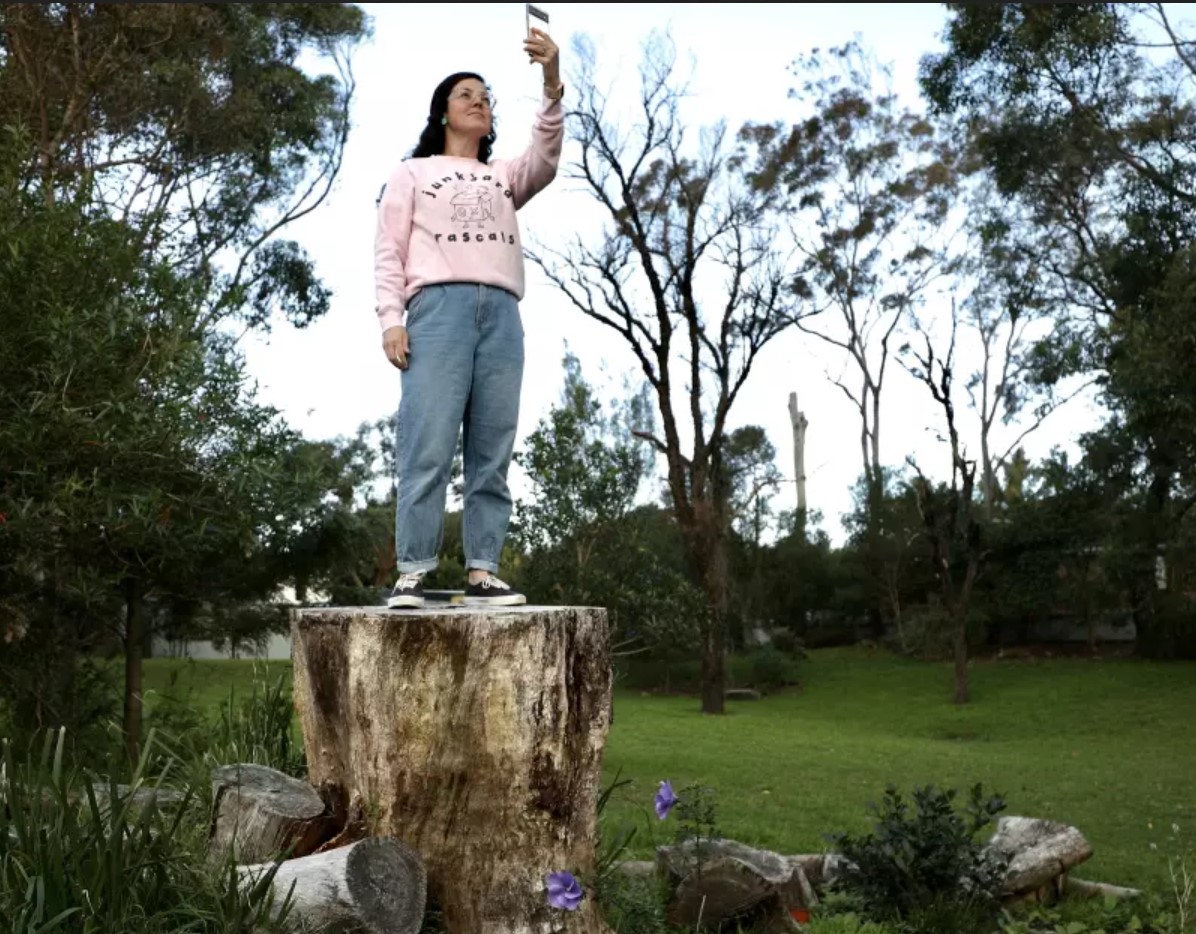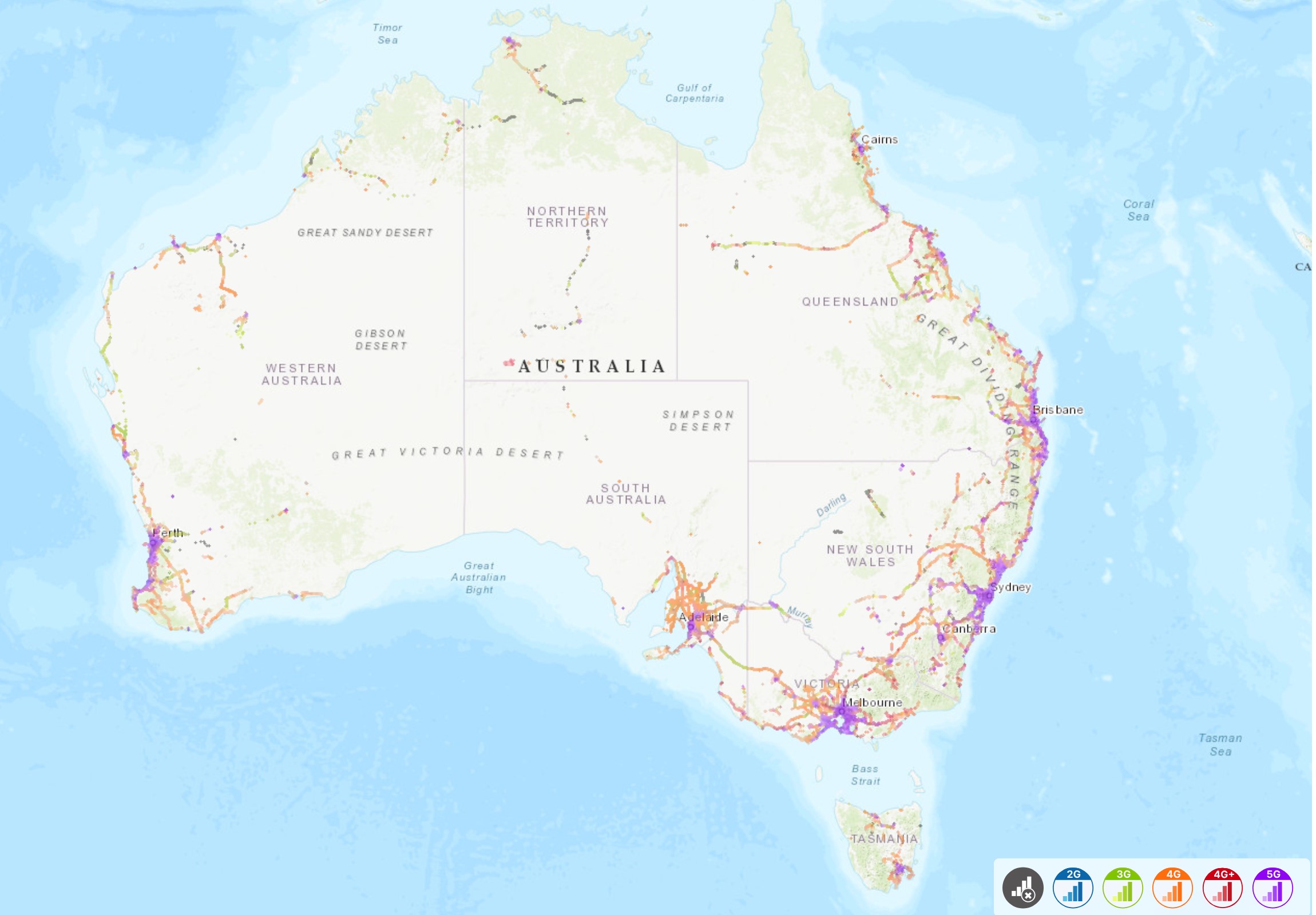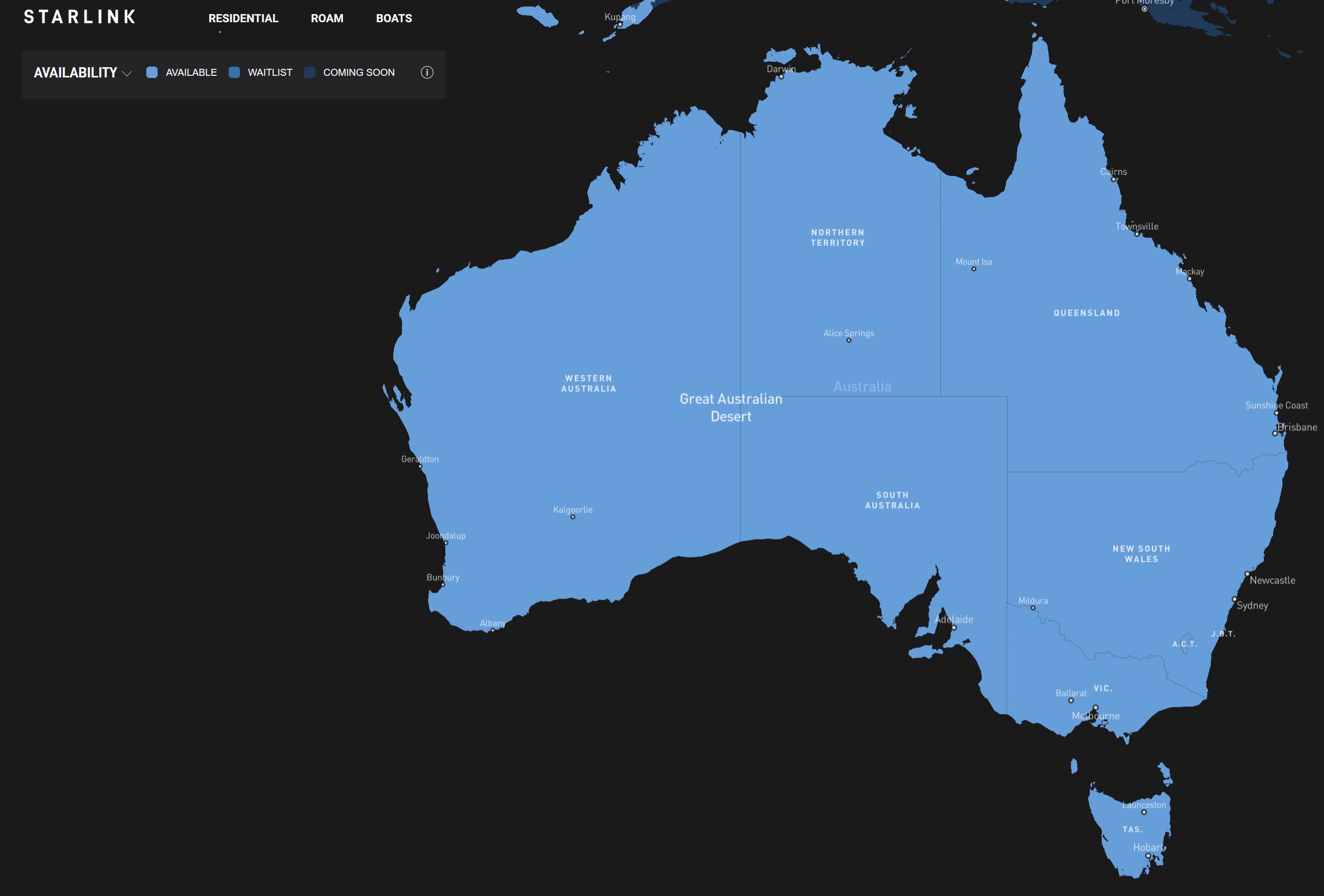TIO says Telcos disadvantage the bush

The Telecommunications Ombudsman – TIO says Telcos disadvantage the bush – regional, rural and remote Australians don’t get a fair go.
One problem, dear to the hearts of our rural readers, is that they trust their Telco—usually Telstra—to give them the right advice. All too often end up with a phone that won’t work at home.
The TIO received complaints from consumers who sign up to a mobile service—usually Telstra. They are told a Blue Tick mobile will work in their area but find no service at home.
This can be especially dangerous for consumers living in areas at greater risk of bushfires, cyclones, floods, and other natural disasters. Reliable access to telco services plays a critical role in coordinating disaster response and recovery and in sharing timely and accurate information during major outages and crises.
Telstra Blue Tick is pure BS
In April this year, we investigated multiple reader complaints about so-called Telstra Blue Tick phones being sold for superior rural reception. We found that apart from one specific model—the Samsung S24 Ultra—Blue Tick was more of a marketing tool to sell Samsung and Telstra-branded phones.
If you live in a rural or regional area, you may find these articles most helpful.
- Is Telstra Blue Tick accurate for rural phone reception? No way
- Telstra Blue Tick Part II – reader’s experiences are not good
- Telstra Blue Tick Part III – readers regret trusting Telstra
- Telstra Blue Tick Part IV – Telstra won’t listen and does not know what it is doing
One common thread was that Telstra recommended the phones. But it refused to refund the money when they would not make or receive calls at users’ homes. They were willing to charge for an expensive upgrade to the Samsung S24U when users complained.
Another common thread was that Telstra sold expensive 5G plans when there was not a snowball’s chance in hell that they could even get 4G.

CyberShack tests all review phones for signal strength. We give them ratings for use in major cities, suburbs, regional cities, and rural areas. We identify these in our reviews and half-yearly guide Best Android Phones July 2024 – some gems there. Judging from reader feedback, we have not led anyone astray.
Telcos disadvantage the bush in many ways
Telcos claim to cover 98% of Australia’s population – a highly theoretical figure. We and real-world coverage monitoring service nperf strongly dispute this. The reality is that coverage is only about 14% of Australia’s landmass.
The TIO says Mobile coverage maps should be standardised and accessible. Maps must include information about geographical location, quality of coverage, and data speeds. They don’t even when a Telco aleady has this information.
See the maps below.


Satellite services can resolve connectivity issues but are expensive (especially Telco services). Ironically, Elon Musk’s privately owned Starlink is the best, most reliable, and cost-effective option.

Regional, rural, and remote consumers are being left behind, and it’s time to make serious efforts to address the digital divide in this country. If you’ve told your telco about the problems you’re experiencing and cannot get it resolved with them, contact our office on 1800 062 058. We’re here to help.” Ombudsman Cynthia Geber
Read more in the Telecommunications Industry Ombudsman’s submission to the 2024 Regional Telecommunications Review in July 2024, outlining the problems experienced by regional, rural and remote phone and internet consumers in Australia.







